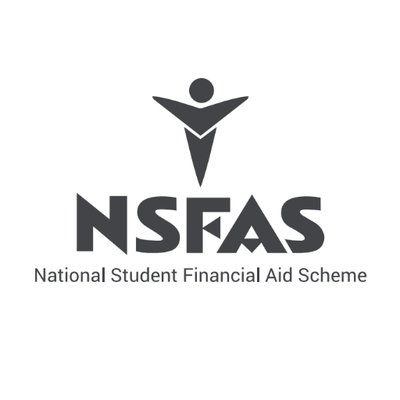The National Student Financial Aid Scheme (NSFAS) is a government entity in South Africa, created in 1999 and overseen by the Department of Higher Education and Training. Its main responsibility is to provide financial support to students attending public universities and technical and vocational education and training (TVET) colleges. Since its inception, NSFAS has supported over 5 million students. In 2021 alone, it funded 826,084 students—67% of whom were enrolled at universities and 33% at TVET colleges. Around 61% of all undergraduate students at public universities benefit from NSFAS support.
To qualify for NSFAS funding, students must meet specific financial and academic criteria. Financially, applicants must come from households earning no more than R350,000 per year. Those receiving grants from the South African Social Security Agency (SASSA) automatically qualify. In addition, students must be registered in a funded program at a public university or TVET college. Ongoing eligibility depends on meeting both financial requirements and academic performance standards, as determined by their institutions. Information provided by applicants is verified by the Department of Home Affairs and the South African Revenue Service.
NSFAS has been one of the most impactful policies in South Africa’s post-apartheid higher education landscape. It has opened doors for many students who otherwise would not have had access to tertiary education, contributing to the transformation of university demographics. Research indicates that NSFAS-funded students are less likely to drop out and more likely to complete their qualifications compared to their non-funded peers. For instance, students from the 2013 cohort who received NSFAS support dropped out at a rate 10% lower than the national average and had an 8% higher graduation rate.
Despite its successes, NSFAS faces significant challenges that hinder its effectiveness. Its three biggest issues include an outdated and inadequate administrative system, poor coordination and communication with institutions, and an unstable policy and funding environment. In 2023, NSFAS introduced a new direct payment method using four fintech companies. This change was poorly implemented and caused major disruptions. Students experienced delays and inconsistencies in allowance payments, and the shift introduced extra banking fees, effectively reducing the value of the support they received. The move was widely criticized for being rushed and untested, leading to chaos on campuses.
The situation worsened when it was revealed that the service providers for the direct payment system had been hired irregularly. As a result, the NSFAS CEO was dismissed over procurement violations, and the board chairperson came under investigation for allegedly accepting bribes. The board later accepted recommendations to terminate contracts with the implicated service providers, and the scheme was placed under administration for the second time—having first undergone administration between 2018 and 2020.
Going forward, NSFAS needs to focus on strengthening its systems and building capacity to fulfil its mission. Developing efficient IT infrastructure to process applications and track eligibility is crucial. Though direct payments may still be an option in the future, integration with public institutions’ systems is necessary to make this work—something unlikely to happen in the short term. For now, institutions have been asked to resume making allowance payments directly to students.
In addition to these reforms, NSFAS and the Department of Higher Education must act on recommendations from two internal reviews: a 2021 ministerial commission and a 2022 task team report on student funding. Though these reports have not been publicly released, they have been presented in parliament. The department must also ensure long-term policy and funding consistency. In recent years, money has been diverted from university budgets to support NSFAS, limiting resources for institutions, especially since not all NSFAS funding is allocated to tuition.
If these ongoing challenges are not urgently addressed, there is a risk that the program will fail to meet its objectives. This would not only affect students’ futures but also undermine the value of public investment in higher education.

